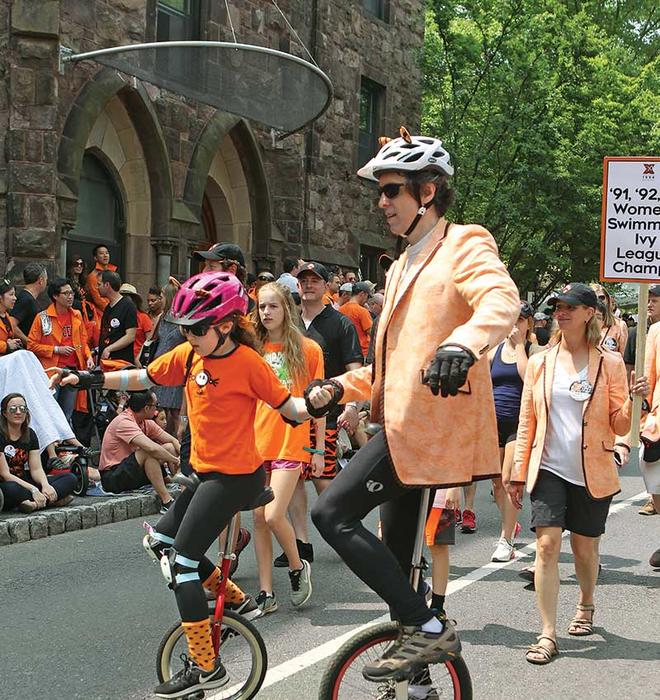
Steven Gubser’s brilliance was directed at what may be the ultimate intellectual challenge: trying to describe the relationship between matter and the fundamental forces acting upon it.
Gubser ’94 *98 was already a standout in physics by the time he came to Princeton as an undergraduate. His focus became string theory, which, as he explained in his 2010 book, The Little Book of String Theory, holds that the fundamental units of matter are not particles, but strings — “like little rubber bands, but very thin and very strong.” String theory hasn’t been experimentally verified and has its share of skeptics, but it may be a way to unify the fields of quantum mechanics and general relativity. Gubser’s scholarship landed him a physics professorship at Princeton and made him a leader in the field.
Colleagues say Gubser was both broadly interested in his field and capable of drilling exceedingly deep when something caught his attention. “When he focused on something, he worked tirelessly,” says Igor Klebanov *86, the Eugene Higgins Professor of Physics and director of Princeton’s Center for Theoretical Science. “He was all in.” Klebanov encountered that drive for the first time when Gubser was a junior at Princeton and petitioned the professor for a seat in his graduate course. (He got it.) Klebanov was Gubser’s adviser for both his undergraduate thesis — which won an award from the American Physical Society — and his graduate dissertation, as well as a research collaborator. That Ph.D. work, which posited a relationship between string theory in 10 dimensions and more standard quantum-field theory in four time-space dimensions, “still resonates a lot,” says Klebanov. Gubser also studied black holes and superconductors, using string theory.
Gubser was fascinated by physics, and he wanted non-physicists to be, too. He gave physics demonstrations at Reunions. In addition to his string theory book, he co-authored The Little Book of Black Holes with his Princeton colleague Frans Pretorius, in 2017. Both books are intended for a lay audience. Pretorius remembers that when it came to book promotional events, he had in mind a PowerPoint presentation, but Gubser insisted on doing little experiments instead. “He wanted to do it in a way that was exciting,” Pretorius says.
Gubser had an eclectic portfolio of outside interests that, like his scholarship, required persistence and focus: playing the piano, singing, bread-baking, swing dancing, and riding a unicycle. He taught himself that last one when one of his three daughters was learning to ride a bicycle, recalls his wife, molecular biologist Laura Landweber ’89, a former Princeton professor who is now a professor at Columbia. “He always liked a challenge,” she says. Gubser and his daughter, on unicycles, led his class in the P-rade at its 25th reunion last June.
He was also passionate about rock-climbing and died in a fall while climbing in Chamonix, France. He led a life full of varied and deeply challenging pursuits, yet in his 25th-reunion yearbook, when asked to name the most exciting thing he had done since graduation, his answer was simple: have a family.
Katherine Hobson ’94 is a freelance health and science writer based in Brooklyn, N.Y.
MAY 4, 1972 | AUG. 3, 2019






No responses yet